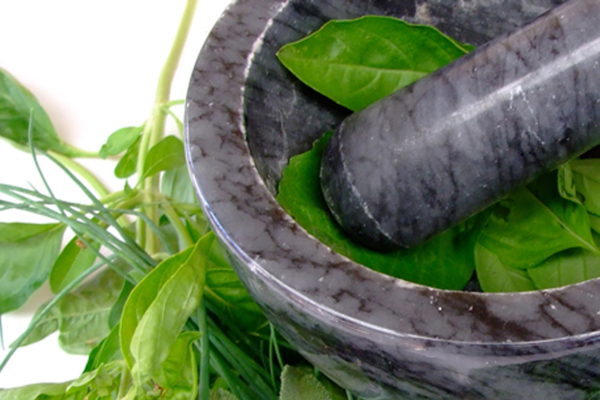Ayurveda is said to be the mother of all holistic medical systems. The word Ayurveda literally means “the wisdom of life.†(in sanskrit, Ayu = life or long-life, and Veda = system of science or wisdom). While Ayurveda is rooted in ancient India, its principles can be applied to all places, cultures and all times. In fact, the answer to almost any question in Ayurveda is “it depends†– on the person, the environment, the place, the time, etc. etc… The beauty and effectiveness of Ayurveda is that it is so individualized. Indeed, Ayurveda is as much a path toward expressing our true nature as it is a system of medicine. To use the words of Maya Tiwari – a devoted Ayurvedic practitioner, author and chef – Ayurveda’s principles with respect to eating and daily routines help us to “remember our being.†Most people familiar with Ayurveda associate it with the concept of the doshas or the mind/body constitutions of Vata, Pitta and Kapha. But what do these words really mean? Or, more significantly, what does it mean to say that you are, for example, “a Vata.†Let’s take a step back. According to Ayurveda, all matter in the universe, including our physical body and the food we eat, is comprised of a unique combination of the five great elements – ether, air, fire, water and earth. These elements are not matter but are different types of energy that work with one another in a state of constant interaction. In turn, they are responsible for: creating (ether), moving (air), transforming (fire), lubricating (water) and stabilizing (earth), all things. We all have some idea of what these elements mean, or can at least describe them, aside from perhaps the more esoteric “ether.†The easiest way for me to understand ether is that it is the space through which air moves. It is nothingness, or the potential for creation. As for the others, air is like a windy day – cold and dry. Fire is obviously hot. Water can be associated with moist, cold, even oily. Finally, words to describe earth are dense, solid, and heavy. So here’s the key: the doshas are linked to these elements. Vata is ether and air, Pitta is fire and water, and Kapha is water and earth. To say, for example, that you are a Vata means that you have more of the air and ether energies working within you, and therefore your tendencies for imbalance – or “disease†– will likely be attributable to the qualities of cold and dry (e.g. constipation, achy joints, arthritis, osteoporosis). Again, just as our physical bodies are comprised of these elements, so too is our food. So now what? The key rule in Ayruveda is that “like increases like and opposites decrease each other.†Thus, if you are feeling cold and dry, or suffering from conditions associated with these qualities, you can alleviate the root cause by changing your diet and/or lifestyle so as to build heat and lubrication within. For example, by eating warming soups and stews with adequate servings of oil, nuts and seeds, versus eating cold and dry salads or vegetables; wearing adequate clothing to minimize your exposure to cold and windy environments; and/or being sure to apply natural oils or lotions to help lubricate your skin and joints. The real heart of Ayurveda is well beyond this gross level of the elements and the doshas. According to Ayurveda, all disease is a consequence of disharmony and imbalance. Thus, health is an ongoing process to maintain a dynamic harmony and balance in all aspects of life – including physical, emotional, mental and spiritual. By using these concepts we can learn more about ourselves, our food and our environment. We can begin to balance, integrate and express the true nature of our beingness, which in turn will help cultivate optimal health for ourselves, others and our planet.



Leave a Reply